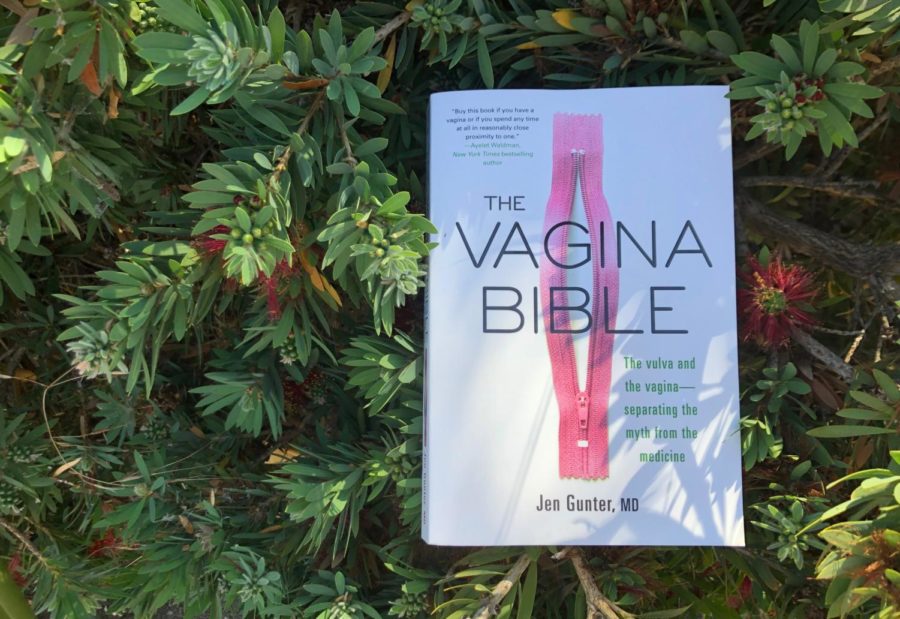Elusive, rarely talked about, and somewhat taboo, the word vagina and all knowledge associated with it has often been overlooked in favor of almost anything else.
The stigma behind vaginas is rather unfortunate, yet it continues to prevail over the science due to the buildup of negativity associated with vaginas. Dr. Jen Gunter, an OB-GYN, wrote a book solely about the vagina to separate fact from fiction and tell people more information about almost everything regarding the vagina and the areas around it.
In her book “The Vagina Bible,” Gunter goes in-depth on many issues and commonly asked questions about the vagina and everything related to it. As misinformation and false news are becoming increasingly more common, all the information can be a bit much to comprehend and internalize mainly because there is so much contradicting information. Gunter consolidates much information into one book, “separating the myth from the medicine.”
It’s quite tricky to make a book composed of almost entirely facts to feel like a book and not a textbook, and Gunter has somehow managed to achieve that. She throws in some lighthearted jokes and quips and still has a comprehensive book that takes the topic very seriously and communicates information efficiently.
That being said, it’s a dense book and exists for educating people on one topic in many specific areas, so it’s a bit hard to digest. Reading it in chunks is the best way I’ve found for comprehending the information and not zoning out and missing information when reading the book.
An element I enjoyed throughout is the historical connections, whether it was to a person who invented something, or to how information was spread and misinterpreted over the years. For the majority of widely accepted false information, there’s some reason as to why it was believed to be correct. People still believe that most things they hear are true is because no one’s told them otherwise.
When I first started to read the book, I was a bit uncomfortable with the blatant use of ‘vagina’ and other terms, as well as the anatomic illustrations, because I’m not used to interacting with this topic in such detail. I got used to it within the first couple chapters, but if it was surprising to me, it might surprise others as well.
As this subject matter doesn’t come up in basic conversation as much as it should, I think that this book needed to be written to fill part of the void. The fact that a book written to further people’s limited knowledge on the vagina could spark backlash means that it needed to exist, yes to educate, but also to make that point.
As an example, when trying to post adverts on social media for the book, most were flagged and taken down because of “use of inappropriate language or promoting adult sexual products.” However, Gunter got the advertisements reposted after advocating for the use of ‘vagina’ as an anatomical term and causing an uproar on Twitter.
The book promotes empowerment for women, as they’re finally able to see the term vagina out in the open where the word dick, and all its cousins, have been for years.
I highly recommend “The Vagina Bible” for anyone who wants to answer questions they have and questions they don’t know they have yet. Even anyone just curious will enjoy the book and its information because it will bring awareness to many things that are being ignored, and it does so with style.












